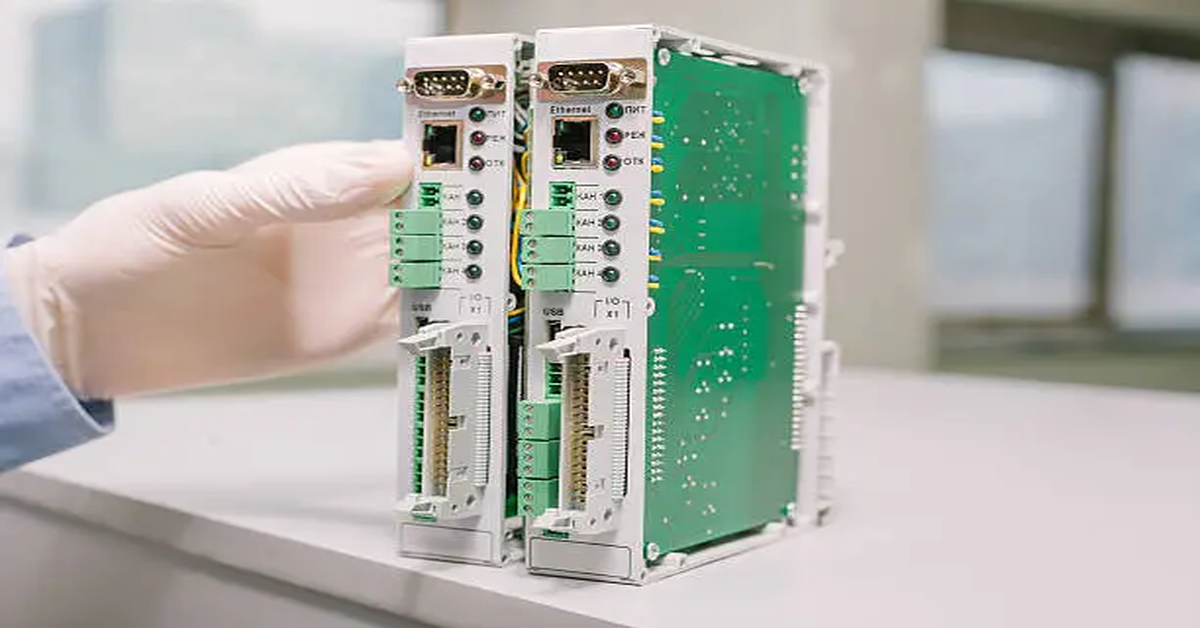
Technology has continuously reshaped industries, pushing machines, electronics, and systems into realms of greater efficiency, precision, and reliability. Every few years, a new generation of devices emerges that becomes a cornerstone of industrial innovation. One such development is the ACM23X, a term often associated with advanced control modules, high-performance processors, or next-generation industrial components.
The ACM23X represents a fusion of engineering excellence and modern demands. It is designed to handle complex workloads, integrate seamlessly into modern systems, and provide stable, long-term solutions for industries ranging from automotive and robotics to manufacturing and aerospace.
This article provides a comprehensive and unique exploration of ACM23X, including its features, working principles, applications, advantages, challenges, and its growing relevance in engineering fields.
What is ACM23X?
The ACM23X can be understood as an Advanced Control Module (ACM) in its 23X generation—a specialized unit engineered to regulate, monitor, and optimize processes within mechanical or electronic systems. Its purpose lies in ensuring smooth operation, minimizing risks, and enhancing efficiency.
Depending on the industry, ACM23X can represent:
- Automotive Systems: Control unit for power management, braking systems, or navigation integration.
- Robotics: Processing module for motion control and real-time sensor data analysis.
- Manufacturing: Automation module for machine control, assembly lines, and process regulation.
- Aerospace: Safety-critical controller ensuring flight stability and communication.
Design and Construction of ACM23X
The ACM23X is built with durability, adaptability, and precision in mind. Its design principles can be broken into the following:
- Compact and Modular Architecture
- Easy to integrate into different systems.
- Allows upgrades and scalability.
- High-Performance Processing Core
- Embedded microprocessor for rapid calculations.
- Supports multi-threaded operations for complex environments.
- Durable Materials
- Shock-resistant casing.
- Designed to withstand heat, pressure, or vibration depending on its industrial use.
- Connectivity Features
- Compatible with CAN bus, Ethernet, or wireless communication protocols.
- Supports real-time data monitoring.
Table: Core Features of ACM23X
| Feature | Description |
|---|---|
| Processing Speed | High-frequency embedded microprocessor |
| Modular Design | Expandable and adaptable to systems |
| Connectivity | CAN bus, Ethernet, wireless options |
| Durability | Resistant to shock, heat, and vibration |
| Data Handling | Real-time monitoring and error detection |
| Scalability | Designed for integration into small and large systems |
Working Principle of ACM23X
The ACM23X works on a control and feedback loop mechanism. Its function can be summarized in stages:
- Input Collection
- Sensors and modules feed raw data into the ACM23X.
- Data could be temperature, pressure, motion, or electrical current.
- Processing and Analysis
- The embedded processor interprets data using pre-programmed algorithms.
- Artificial intelligence or adaptive logic can enhance decision-making.
- Output Execution
- Commands are sent to actuators, motors, or connected systems.
- Ensures precise adjustments in real-time.
- Feedback Monitoring
- Continuous feedback loop ensures accuracy.
- Error detection corrects anomalies.
Applications of ACM23X
The ACM23X finds use across multiple industries:
1. Automotive Industry
- Controls advanced driver assistance systems (ADAS).
- Manages braking, steering, and power distribution.
- Enhances fuel efficiency through real-time engine adjustments.
2. Robotics
- Provides motion control for robotic arms.
- Integrates data from multiple sensors for AI-based automation.
- Used in both industrial robots and service robotics.
3. Aerospace Engineering
- Controls flight navigation systems.
- Ensures stability during turbulence with precision response.
- Used in communication between different aircraft modules.
4. Manufacturing and Automation
- Central to modern Industry 4.0 automation systems.
- Monitors assembly line processes.
- Reduces human error in repetitive tasks.
5. Renewable Energy Systems
- Optimizes wind turbine adjustments based on wind flow.
- Balances power grids for solar energy storage.
Table: Applications of ACM23X Across Industries
| Industry | Use Case |
|---|---|
| Automotive | ADAS, engine management, braking control |
| Robotics | Motion control, sensor integration |
| Aerospace | Flight navigation, communication stability |
| Manufacturing | Automation, process monitoring |
| Renewable Energy | Wind/solar optimization, grid balance |
Advantages of ACM23X
The adoption of ACM23X offers multiple benefits:
- Efficiency: Reduces energy consumption through optimized processes.
- Reliability: Maintains stability under extreme conditions.
- Scalability: Integrates into both small and large systems.
- Versatility: Supports diverse industrial applications.
- Safety: Monitors for errors and prevents failures.
These advantages make ACM23X a high-value solution in mission-critical systems.
Challenges and Limitations
Despite its promise, ACM23X faces challenges:
- High Initial Cost: Advanced modules require investment.
- Complex Integration: Requires skilled technicians for setup.
- Maintenance Needs: Long-term stability demands periodic checks.
- Compatibility Issues: Older systems may not easily integrate ACM23X.
Table: Advantages vs. Challenges
| Advantages | Challenges |
|---|---|
| High efficiency and safety | High cost of acquisition |
| Versatile applications | Integration complexity |
| Scalable and modular | Compatibility concerns |
| Reliable in harsh conditions | Requires skilled maintenance |
ACM23X and Industry 4.0
The concept of Industry 4.0 emphasizes digital transformation, automation, and smart systems. ACM23X plays a central role in this transition:
- IoT Integration: Connects machines for seamless communication.
- AI Assistance: Learns patterns to optimize future responses.
- Smart Factories: Drives efficiency and minimizes human error.
Its adaptability makes ACM23X a vital part of modern smart industry ecosystems.
The Future of ACM23X
Looking ahead, ACM23X is expected to evolve further with:
- Smarter AI Algorithms: Self-learning modules.
- Green Technology Integration: Focused on sustainable industries.
- Miniaturization: Smaller, more powerful modules.
- Broader Accessibility: Reduced costs for mass adoption.
Conclusion
The ACM23X is more than a control unit—it is a revolutionary engineering solution that combines adaptability, performance, and safety. From cars and aircraft to factories and renewable energy plants, its reach is vast and transformative.
Though challenges exist, particularly around cost and complexity, its benefits in efficiency, reliability, and long-term scalability make it indispensable. As industries move toward smarter, interconnected systems, the ACM23X will stand at the heart of innovation.
FAQs
Q1. What is ACM23X?
ACM23X is an advanced control module used in industries like automotive, robotics, and aerospace to optimize processes.
Q2. What makes ACM23X important in Industry 4.0?
It enables smart factories through IoT integration, AI learning, and real-time automation.
Q3. What industries use ACM23X?
It is widely used in automotive, robotics, aerospace, manufacturing, and renewable energy systems.
Q4. What are the challenges of ACM23X?
High cost, complexity of integration, and compatibility with older systems are key challenges.
Q5. How does ACM23X benefit businesses?
It improves efficiency, ensures reliability, enhances safety, and supports scalability for growing industries.






